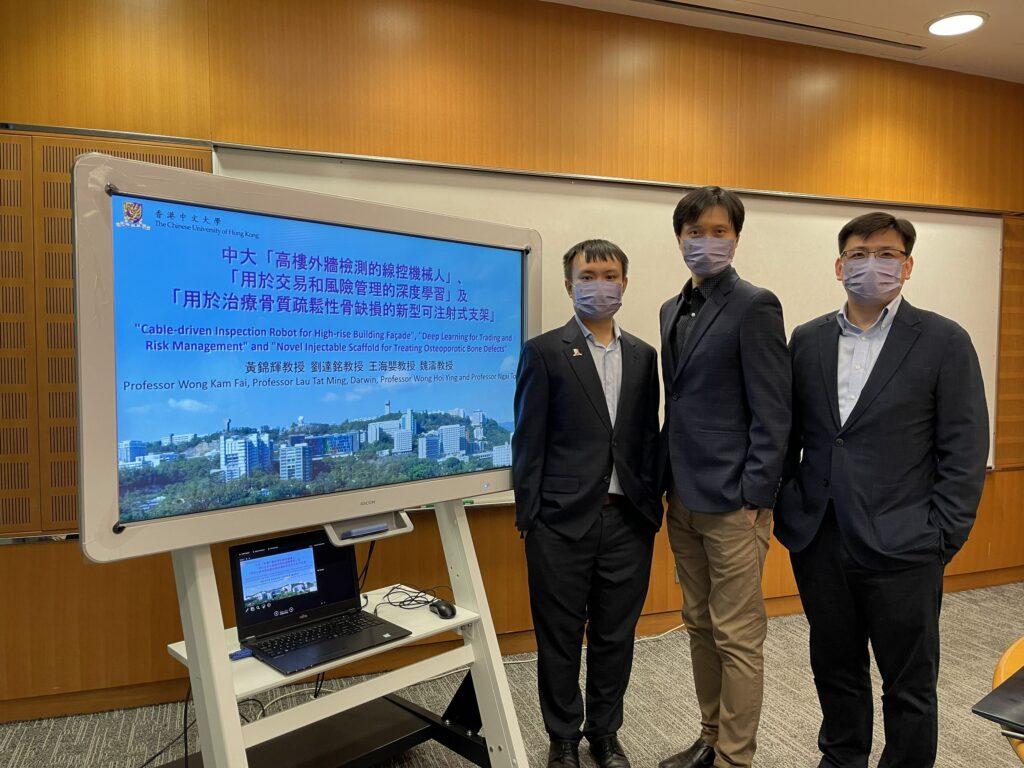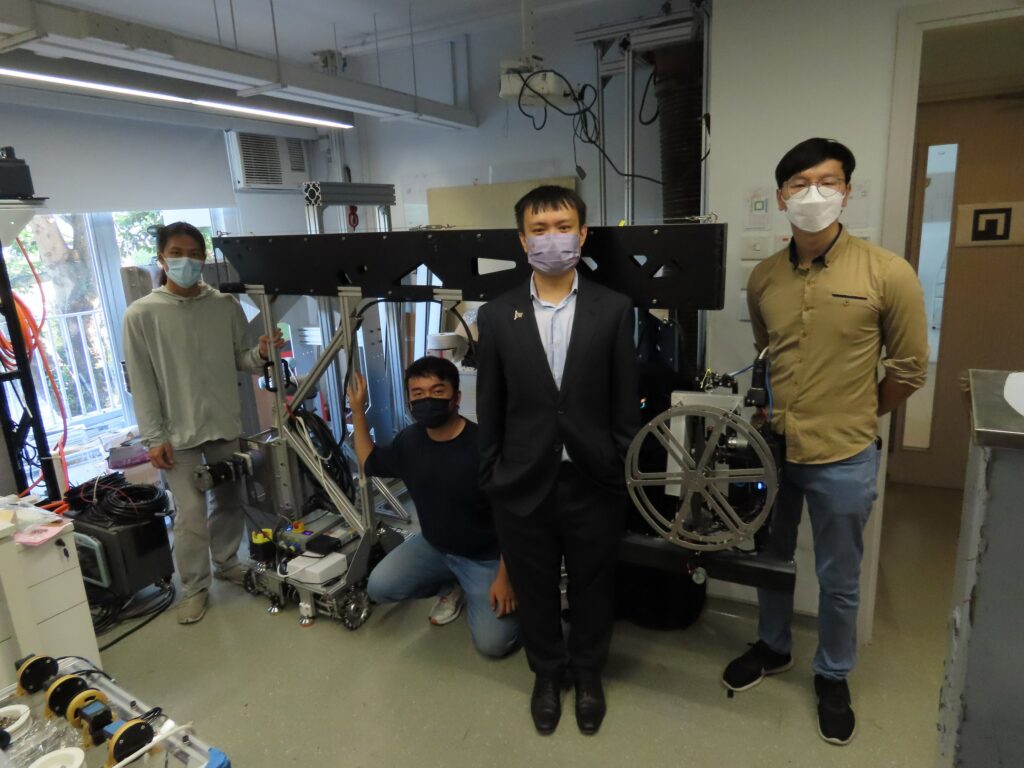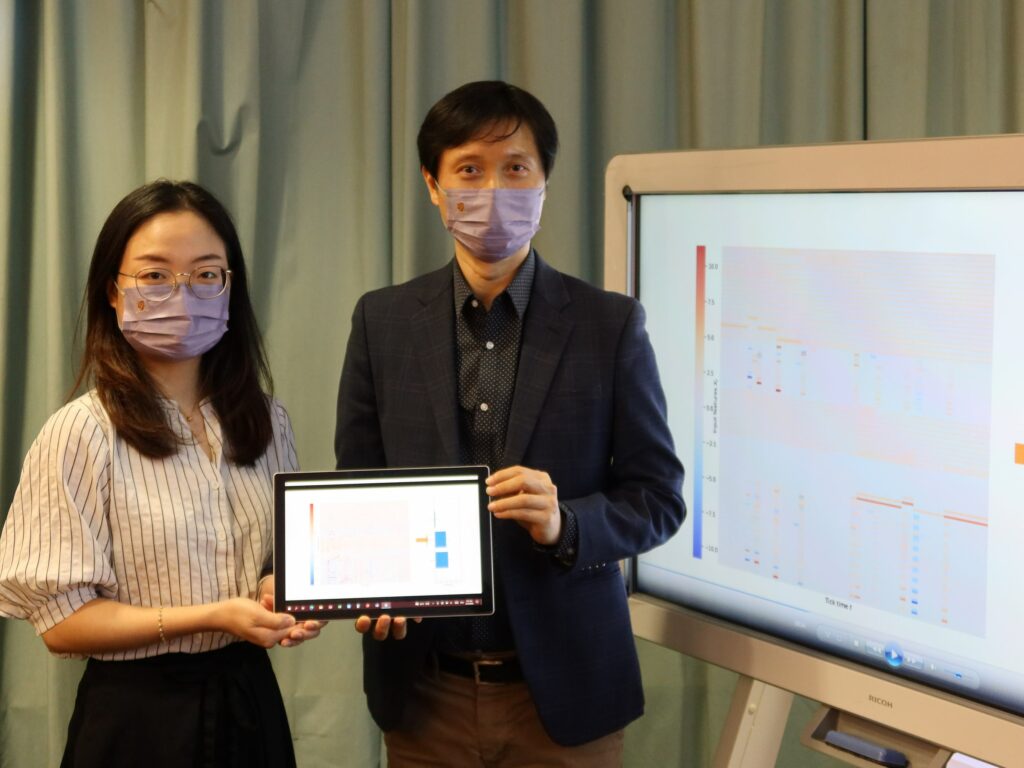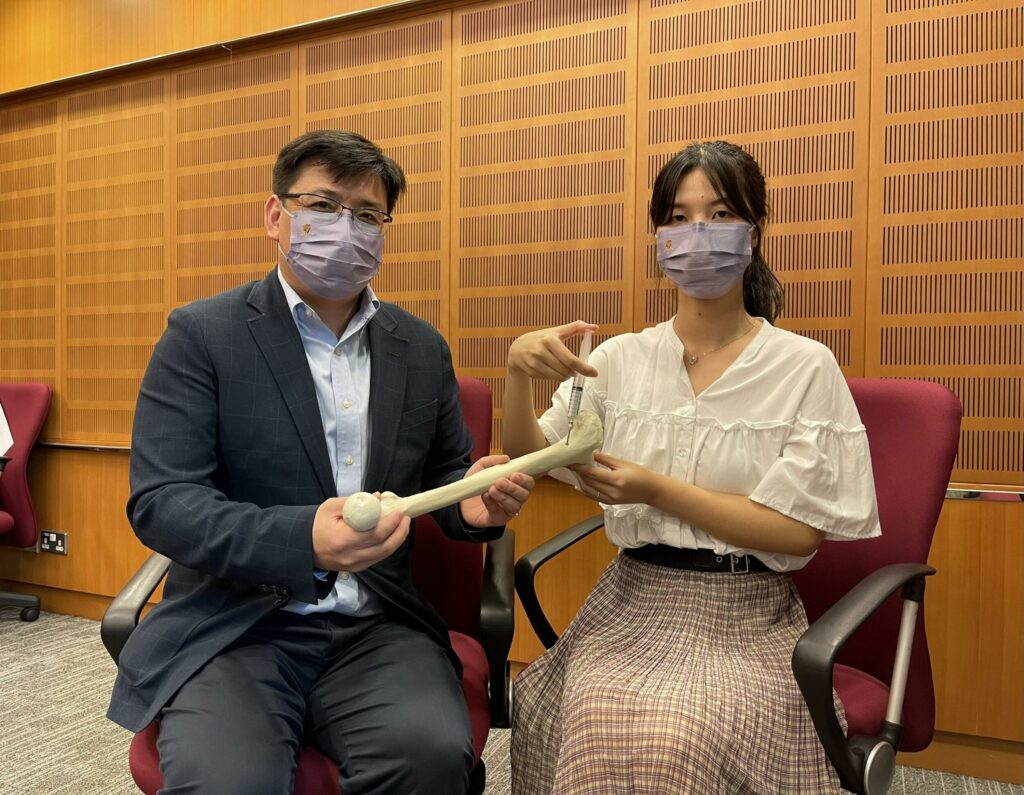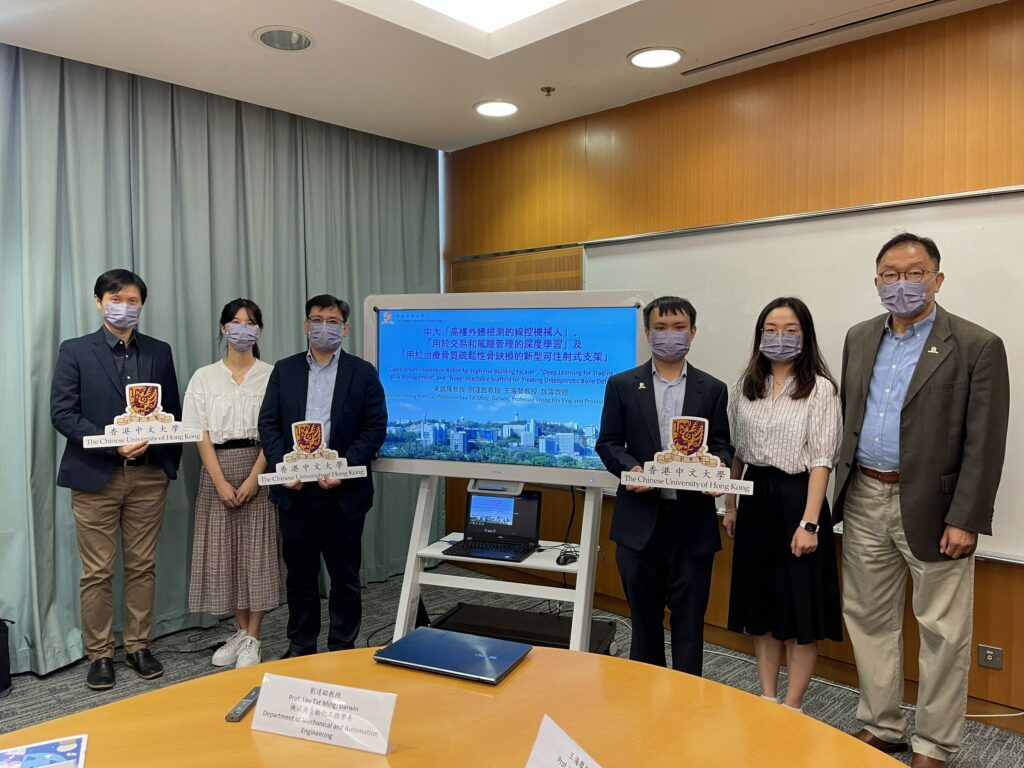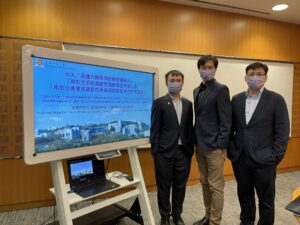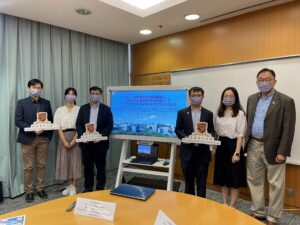CUHK
News Centre
28 CUHK research projects displayed in technology exhibitions covering robotics, deep learning, and biomedical sciences disciplines
To promote innovation through technology transfer to society and industry, The Chinese University of Hong Kong (CUHK) will take part in the International ICT Expo 2022, the InnoCarnival 2022 and the Hong Kong International Medical and Healthcare Fair 2022 in the next two months, with a total of 28 new research projects on display.
Professor K.F. Wong, Associate Dean (External Affairs) in the Faculty of Engineering, Professor in the Department of Systems Engineering and Engineering Management and Director of the Centre for Innovation and Technology, said, “CUHK always supports the Hong Kong government’s policies in innovation and technology, and is therefore accelerating its research and development in Robotics, Deep Learning and Biomedical Sciences to support the policy of fostering Hong Kong as an international I&T hub, as envisaged in China’s 14th Five-Year Plan. We hope to demonstrate the latest findings and inventions to the public while maintaining contact with industry to encourage communication and collaboration in local technology exhibitions.”
Cable-driven Inspection Robot for High-rise Building Façade
The Faculty of Engineering’s Assistant Dean (Student Affairs) and Department of Mechanical and Automation Engineering Associate Professor Darwin Lau Tat-ming has led his research team in the development of the Cable-driven Inspection Robot for High-rise Building Façade. This innovation uses robotics technology to conduct contact-based façade inspections. It not only reduces the risk to workers from working at heights, but also can provide a quantitative and digital diagnosis for the industry.
Deep Learning for Trading and Risk Management
The Faculty of Science’s Associate Dean (Student Affairs) and Department of Statistics Professor Wong Hoi-ying and his research team have developed tools for extracting trading signals and predicting stock movements using deep learning models. Both the accuracy of predictions and profits from trading can outperform traditional models. The team hopes the deep learning models can provide useful information for investors to help them construct portfolios and generate outstanding returns.
Novel Injectable Scaffold for Treating Osteoporotic Bone Defects
The Faculty of Science’s Assistant Dean (Research) and Department of Chemistry Professor Ngai To achieved a breakthrough in biomedical materials for implant applications. His research team has developed a novel hierarchical porous Magnesium oxychloride cement foam (MOCF)-derived scaffold. It has been proven to enhance osteogenesis in animal studies. In comparison with the traditional calcium-based bone cement, the new material demonstrates a much higher biodegradation tendency and better cell recruitment ability. It is anticipated that it will be a competitive clinical therapy to augment osteoporotic bone regeneration.
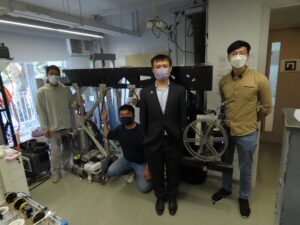
The research team led by Professor Darwin Lau (2nd right) hopes the "Cable-driven Inspection Robot for High-rise Building Façade" can reduce the risk to workers from working at heights.
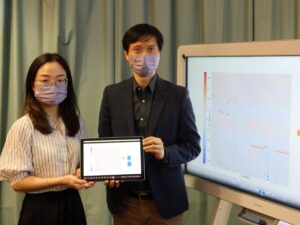
Professor Wong Hoi-ying (right) and Miss Yin Jie introduce how to use the deep learning models to predict stock movements.


